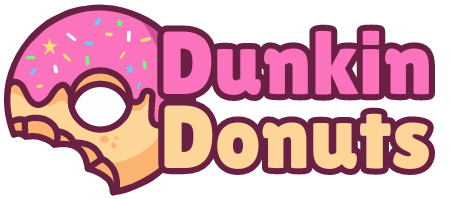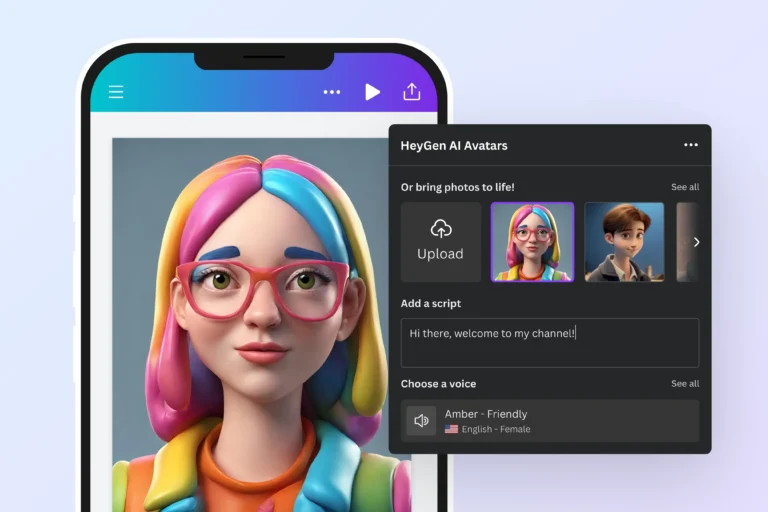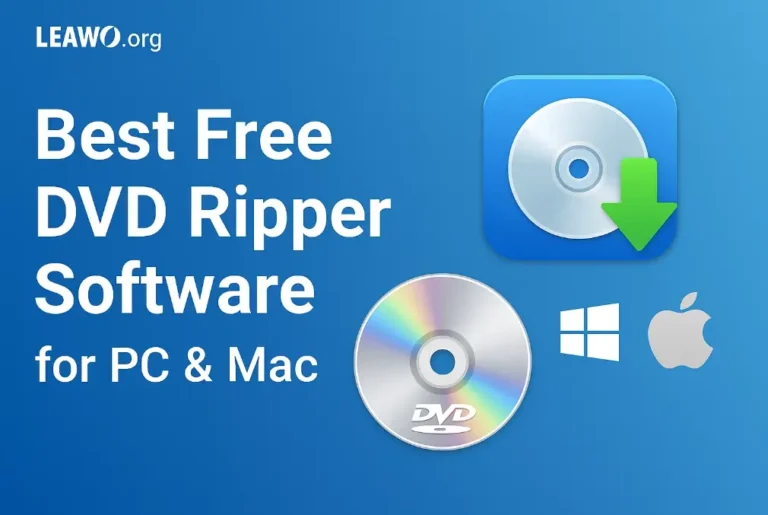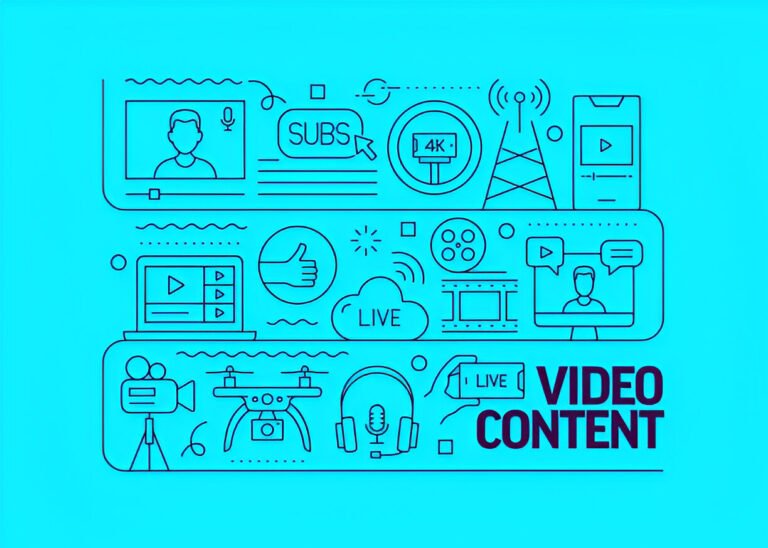Why Wellness Professionals Are Embracing AI-Powered Scribe Apps
Modern wellness professionals are increasingly burdened by administrative responsibilities that pull focus away from what truly matters, patient care. The growing demand for thorough documentation and clerical duties is not just time-consuming; it’s reshaping the way healthcare providers interact with their patients, often reducing meaningful face-to-face engagement.
This administrative burden is contributing to widespread burnout and reducing the quality of patient interactions. However, a technological revolution is quietly transforming how wellness professionals handle their documentation needs. From mental health counselors to physical therapists, practitioners are discovering that innovative solutions can reclaim those lost hours while actually improving their clinical records.
The Documentation Dilemma Facing Today’s Wellness Professionals
The wellness industry has experienced tremendous growth, but this expansion has brought unexpected challenges. Modern practitioners find themselves drowning in paperwork requirements that seemed manageable just a few years ago.
Rising Administrative Demands
Insurance companies demand more detailed documentation than ever before. Wellness professionals must now provide comprehensive treatment notes, progress reports, and billing justifications for every session. This shift has created a perfect storm where practitioners spend more time writing about their work than actually doing it.
What makes this particularly challenging is that many wellness professionals entered their fields to help people, not to become administrative clerks. They’re discovering that traditional documentation methods simply can’t keep pace with modern demands.
The Technology Gap
Many wellness practices still rely on outdated systems that were never designed to meet today’s regulatory demands. These legacy approaches create inefficiencies that build up over time, leaving practitioners feeling overwhelmed and frustrated.
The disconnect between what wellness professionals need and what traditional tools deliver has opened the door for meaningful innovation. This gap is being filled by scribe apps, which bridge clinical excellence with administrative efficiency.
Wellness professionals often juggle hands-on client care with time-consuming documentation, leaving little room for rest or strategic growth. Many practitioners now express a growing need for a reliable scribe, someone or something that can manage the administrative load without compromising the quality of care.
AI-powered scribes are rising to the occasion by capturing conversations, structuring clinical notes, and syncing data in real time. These tools enhance accuracy, reduce hours spent on paperwork, and ensure compliance, all while allowing professionals to stay fully present with their clients.
How Technology Is Transforming Clinical Documentation
The healthcare technology landscape has evolved dramatically, creating opportunities that seemed impossible just a decade ago. These advances are now reaching wellness professionals who previously had limited access to sophisticated documentation tools.
Real-Time Documentation Solutions
Modern scribe tool options can capture conversations as they happen, eliminating the need for post-session note-taking. This real-time capability allows practitioners to maintain eye contact with clients while still creating comprehensive records.
The technology behind these solutions has reached a level of sophistication that makes them practical for everyday use. Voice recognition accuracy has improved dramatically, and natural language processing can now understand context and nuance in clinical conversations.
Integration with Existing Workflows
Today’s solutions don’t require practitioners to completely overhaul their existing systems. The best AI note taking app options integrate seamlessly with popular practice management platforms, creating a unified workflow that feels natural and intuitive.
This integration capability has been a game-changer for adoption rates. Wellness professionals can now access advanced documentation features without abandoning the tools they already know and trust.
The Rise of Free and Accessible Options
Cost has traditionally been a barrier for smaller wellness practices looking to adopt advanced technology. However, the landscape has shifted dramatically, with many high-quality options now available at various price points.
Budget-Friendly Solutions
The emergence of ai note taker free options has democratized access to advanced documentation tools. These solutions often provide core functionality that meets the needs of solo practitioners and small practices without requiring significant upfront investment.
Free options typically include basic transcription capabilities, simple note formatting, and integration with common practice management systems. While they may not offer every advanced feature, they provide a solid foundation for practitioners ready to explore modern documentation approaches.
Scalable Pricing Models
Many platforms now offer tiered pricing that grows with practice needs. This approach allows wellness professionals to start with basic features and upgrade as their requirements become more sophisticated.
The subscription-based model has made advanced AI note taking technology accessible to practitioners who couldn’t previously justify the cost of comprehensive documentation systems.
Key Benefits Driving Adoption
Wellness professionals are embracing these tools for reasons that go far beyond simple convenience. The benefits touch every aspect of practice management and patient care.
Enhanced Patient Interaction
When practitioners don’t need to focus on taking notes during sessions, they can maintain better eye contact and emotional connection with clients. This improvement in presence often leads to better therapeutic outcomes and higher patient satisfaction.
The ability to be fully present during sessions represents a return to the core values that drew many professionals to wellness careers in the first place. Technology is actually enabling more human connection, not less.
Improved Documentation Quality
AI notes generated by modern systems are often more comprehensive and consistent than handwritten alternatives. The technology can capture details that might be missed during manual note-taking, creating more thorough clinical records.
This improvement in quality has regulatory benefits as well. Better documentation supports compliance requirements and provides stronger legal protection for practitioners.
Time Savings and Work-Life Balance
The time savings from automated documentation can be substantial. Practitioners report reclaiming hours each week that were previously spent on administrative tasks, allowing them to see more clients or simply achieve a better work-life balance.
These time savings compound over weeks and months, creating significant improvements in both productivity and job satisfaction.
Comparison of Popular Documentation Solutions:
When choosing a documentation solution, it’s essential to balance efficiency, accuracy, and ease of use. Traditional methods may seem cost-effective upfront, but often demand significant time and lack integration. Basic digital tools offer improvements in speed and accuracy but may still require manual effort and come with a learning curve.
In contrast, advanced AI solutions dramatically reduce time investment, ensure high accuracy, and integrate seamlessly with existing systems, making them ideal for teams looking to streamline workflows and focus on high-value tasks.
| Features | Traditional Methods | Basic Digital Tools | Advanced AI Solutions |
| Time Investment | High (15+ hours/week) | Medium (8-10 hours/week) | Low (3-5 hours/week) |
| Accuracy | Variable | Good | Excellent |
| Integration | None | Limited | Comprehensive |
| Cost | Low upfront | Moderate | Variable |
| Learning Curve | None | Moderate | Minimal |
The Future of Wellness Documentation
The transformation we’re seeing today is just the beginning. As technology continues to advance, wellness professionals can expect even more sophisticated tools that further reduce administrative burden while improving patient care.
The trend toward automation in healthcare documentation isn’t slowing down, it’s accelerating. Practitioners who embrace these tools now will be better positioned to thrive in an increasingly competitive and regulated environment. The question isn’t whether AI will transform wellness documentation, but how quickly professionals will adapt to take advantage of these powerful new capabilities.
Common Questions About AI-Powered Documentation
1. Can AI really understand the nuances of wellness conversations?
Modern AI systems are trained on vast amounts of clinical data and can recognize context, emotion, and therapeutic language patterns with remarkable accuracy.
2. Are these tools secure enough for sensitive patient information?
Reputable platforms meet HIPAA compliance standards and use enterprise-grade encryption to protect patient data throughout the documentation process.
3. Will using AI affect my relationship with clients?
Most practitioners find that AI tools actually improve client relationships by allowing them to maintain better eye contact and engagement during sessions.
Also Read-Master Energy Management Using Smart Visualization Technology





